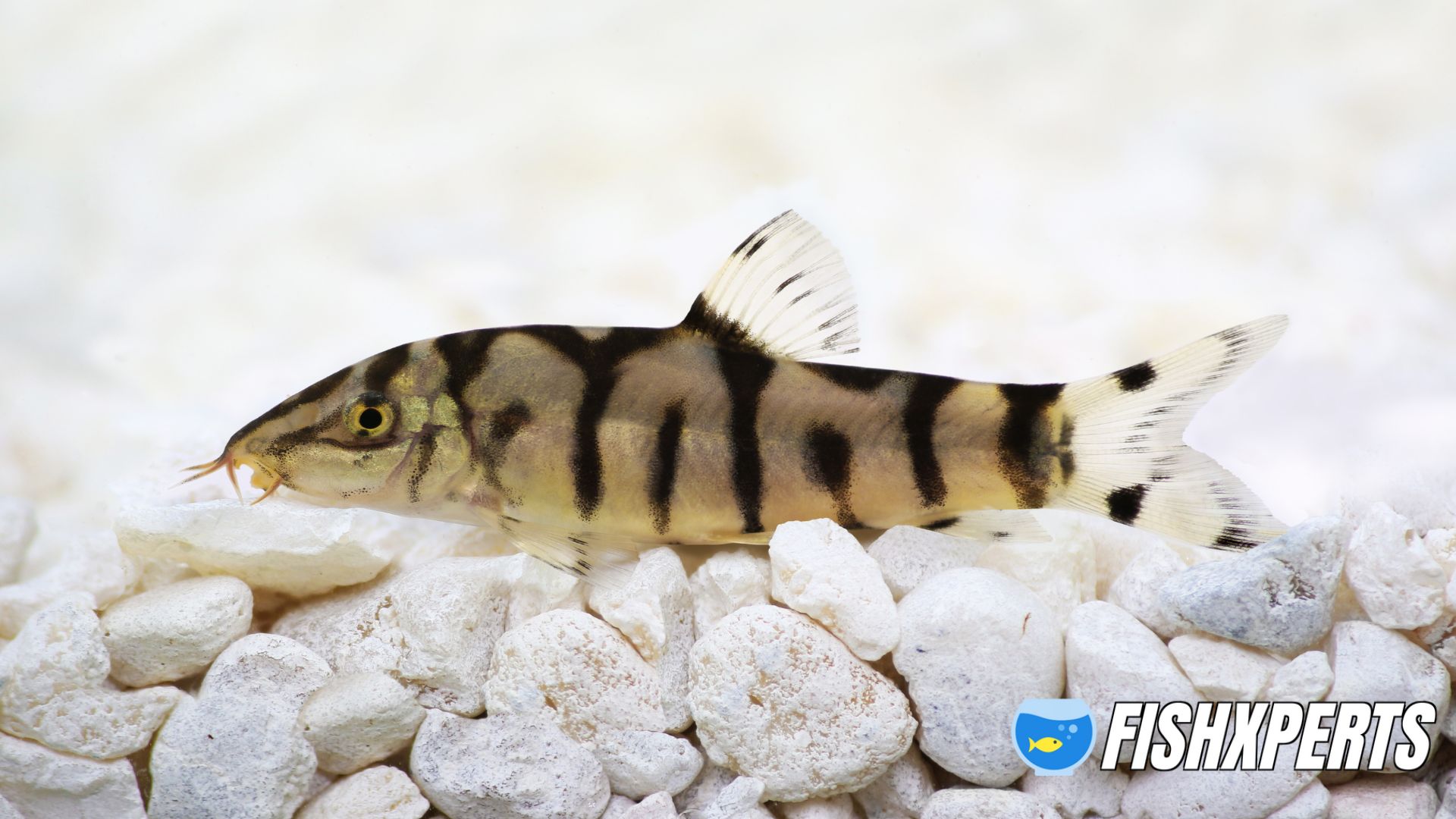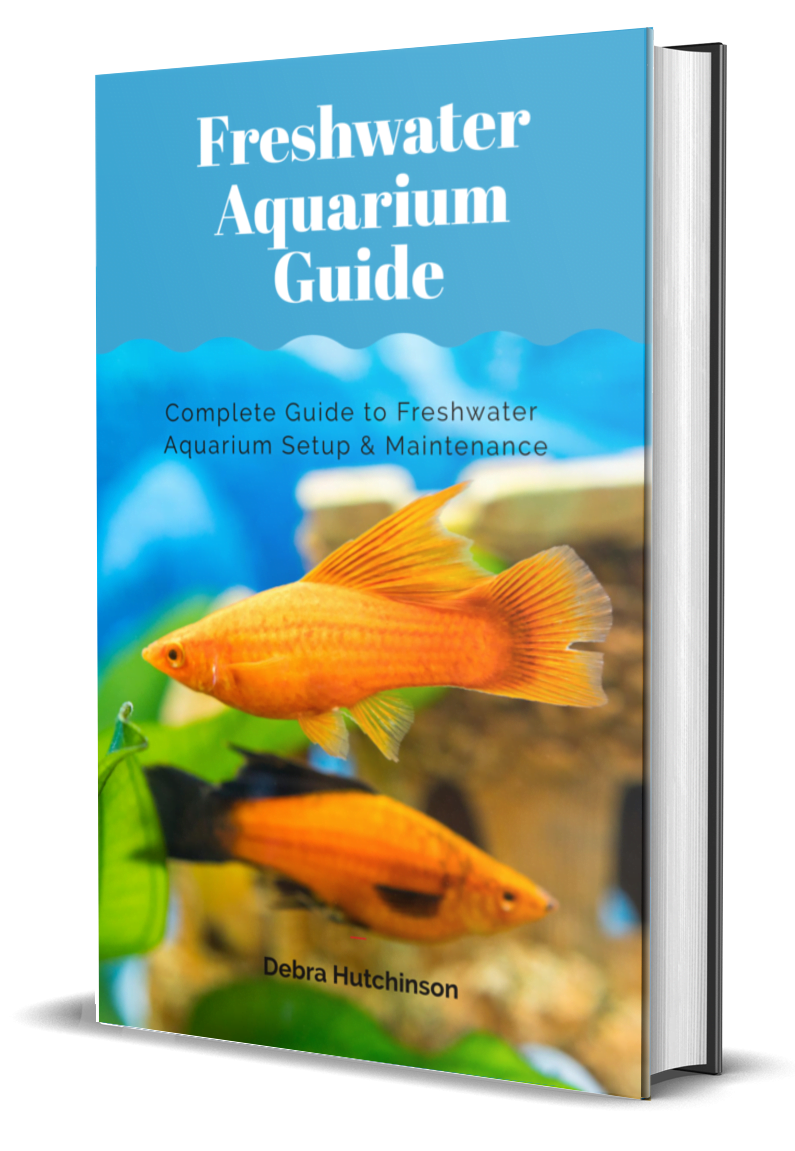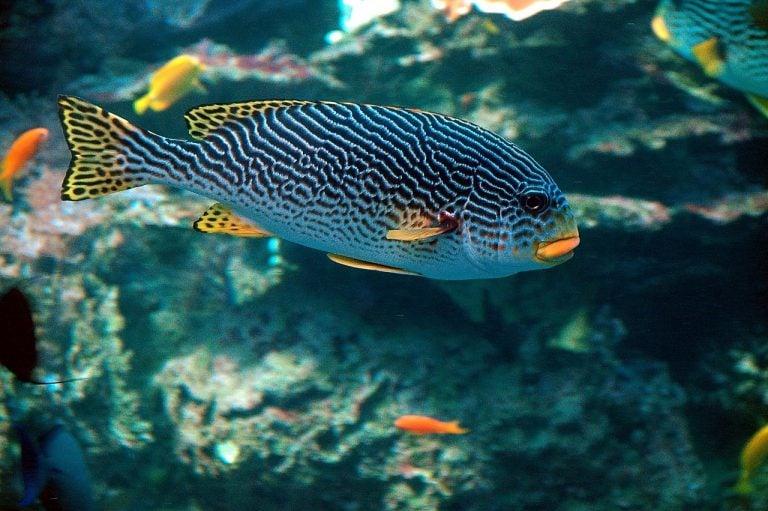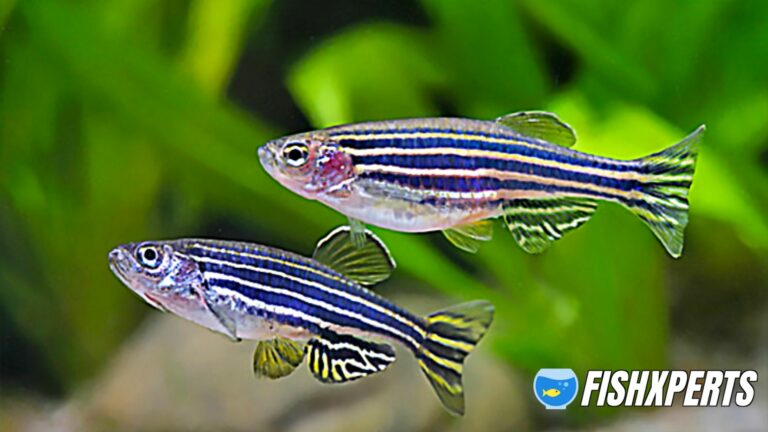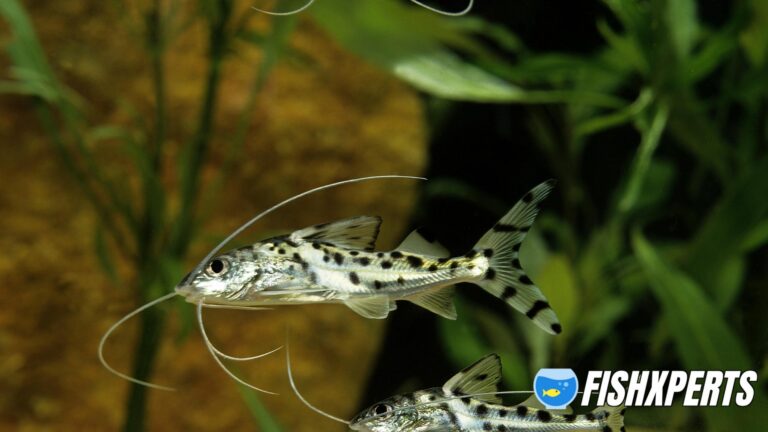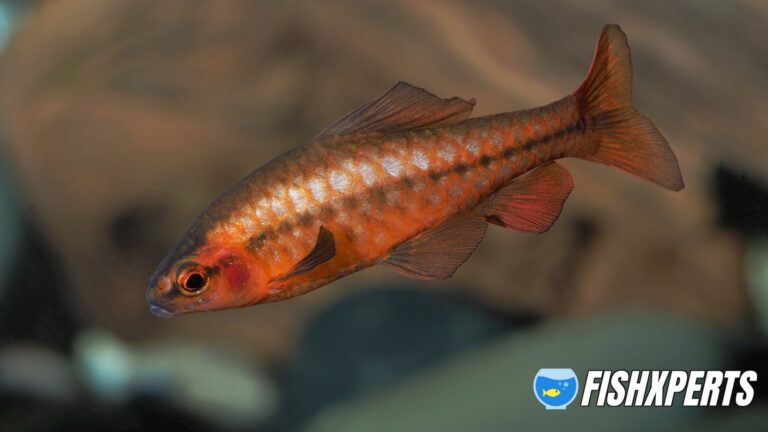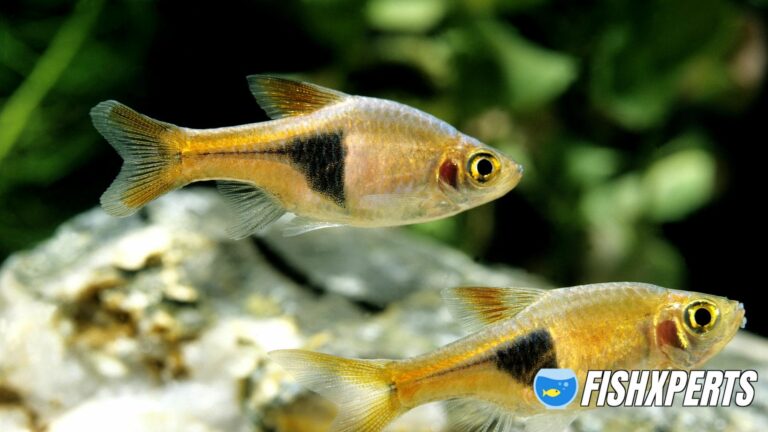Yoyo Loach Care
Overview
The yoyo loach, scientific name Botia almorhae, is a freshwater fish native to South Asia. It is a popular aquarium fish and is also known as the Pakistani loach, Indian loach, and almorhae loach. The yoyo loach is a member of the loach family (Cobitidae) and grows to a length of about 4 inches (10 cm). The fish has a black body with three white stripes running vertically along its sides.
The yoyo loach is a peaceful fish that is compatible with most other aquarium fish. It is an omnivorous fish that feeds on a variety of food, including live, frozen, and freeze-dried foods. The yoyo loach is a hardy fish that is easy to care for and makes an excellent addition to most community aquariums.
If you’re looking to add a little bit of personality to your aquarium, the yoyo loach is a great choice! These playful fish are relatively easy to care for, but there are a few things to keep in mind. Here’s what you need to know to keep your yoyo loach healthy and happy!
Lifespan
The yoyo loach is a long-lived fish, with a lifespan of up to 20 years in captivity. In the wild, their lifespan is likely shorter due to predation and other factors. Nonetheless, they are a hardy species that can withstand a wide range of conditions, making them a popular choice for aquarists of all levels of experience.
Appearance
The yoyo loach is a small, elongated fish that is brown in color with three dark brown stripes running along its body. It has a white underside and a long, slender tail. Males and females are similar in appearance. Juveniles have a more reddish brown coloration.
The yoyo loach is a peaceful fish that is active and playful. It is a social fish that does best in groups of six or more. It is a bottom dwelling fish that spends most of its time in the substrate searching for food.
Yoyo Loach Size
The yoyo loach is a small freshwater fish that is native to Southeast Asia. The yoyo loach is a member of the Cobitidae family, which includes other loach species such as the clown loach and the weather loach. The yoyo loach is a bottom-dwelling fish that prefers to live in slow-moving waters with plenty of hiding places.
The yoyo loach is a small fish, with adults reaching a maximum length of only 4 inches (10 cm). The yoyo loach has a slender body with a pale yellow or cream-colored belly. The yoyo loach’s body is covered with black spots, and the fish has a black stripe that runs along its back. The yoyo loach’s fins are transparent, and the fish has a long, slender tail.
The yoyo loach is a peaceful fish that is best kept in a group of at least six fish. The yoyo loach does best in an aquarium with plenty of hiding places and a sandy bottom. The yoyo loach is a good community fish, and it will get along with other peaceful fish species.
Tank Size
The Yoyo Loach is a peaceful freshwater fish that originates from the rivers of Southeast Asia. They are a member of the Cobitidae family, which contains many other popular aquarium fish such as the Clown Loach and the Weather Loach. Yoyo Loaches are relatively small fish, only growing to about 4 inches (10 cm) in length.
However, they are very active swimmers and require a lot of space to move around. As a result, it is recommended to keep them in an aquarium that is at least 20 gallons (75 L). If you plan on keeping more than one Yoyo Loach, you will need an even larger tank. They are also known to be very good jumpers, so make sure your aquarium is covered!
Water Parameters:
The ideal water parameters for yoyo loaches are a pH of 6.5-7.5, a water hardness of 5-15 dGH, and a temperature of 72-79 degrees Fahrenheit. However, yoyo loaches are very adaptable and can live in a wide range of water conditions.
When setting up a new aquarium for yoyo loaches, it is best to use a water conditioner that will remove chlorine and heavy metals from the water. A good quality aquarium filter is also essential for keeping the water clean and maintaining good water quality.
It is important to perform regular water changes to keep the water fresh and remove any accumulated toxins. A water change of 20-30% should be done every 2 weeks.
Common Diseases
The yoyo loach is a relatively hardy fish, but there are a few diseases that can affect them. The most common diseases include:
1. White spot disease: This is a contagious disease that is caused by a protozoan parasite. The parasite infects the fish’s skin and fins, causing white spots to form. The disease is most commonly spread through contact with other infected fish, or from contaminated tanks or equipment.
2. Black spot disease: This disease is also caused by a protozoan parasite, and is characterised by black spots on the fish’s body. It is less common than white spot disease, but can be just as dangerous if left untreated.
3. Fin rot: Fin rot is a bacterial infection that affects the fish’s fins. The infection causes the fins to become frayed and eventually disintegrate. Fin rot is often associated with poor water quality, and can be fatal if left untreated.
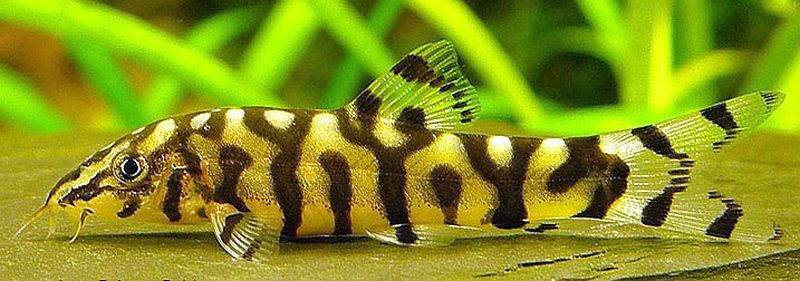
4. Dropsy: Dropsy is a disease that causes the fish’s body to swell up with fluid. It is usually fatal, and is often caused by poor water quality or a bacterial infection.
5. Columnaris: Columnaris is a bacterial infection that affects the fish’s skin and fins. The infection causes the skin to become discoloured and the fins to disintegrate. Columnaris is often fatal if left untreated.
If you suspect that your yoyo loach is sick, it is important to take them to a vet or fish specialist for diagnosis and treatment. Early diagnosis and treatment is essential for the success of treatment, and to prevent the disease from spreading to other fish.
Food & Diet
The yoyo loach is an omnivorous bottom feeder that will consume a variety of food items. In the wild, their diet consists of small insects, crustaceans, and plant matter. In captivity, they can be fed a variety of foods including live, frozen, or freeze-dried foods, as well as pellets or flakes. It is important to provide a varied diet to ensure optimum health.
When first starting out, it is best to feed small live or frozen foods such as bloodworms or brine shrimp. Once the yoyo loach is acclimated to its new environment, it can be offered a wider variety of foods. It is important to remember that yoyo loaches are social creatures and should be fed in groups. If they are the only fish in the tank, they may become shy and hide.
Behavior & Temperament
The yoyo loach is an active, lively fish that is well known for its playful antics. They are very social creatures and enjoy the company of their own kind as well as other peaceful fish. They are not aggressive and get along well with other tankmates.
The yoyo loach is a curious fish and will often investigate anything new that is introduced into the aquarium. They are also known to be playful and will often play with each other as well as with other tankmates.
The yoyo loach is an easy fish to care for and makes a great addition to any peaceful community aquarium.
Tank Mates
Yoyo loaches are peaceful fish that do well in a community tank. They are compatible with a wide variety of tank mates including other loaches, barbs, danios, rasboras, and Corydoras catfish. Yoyo loaches prefer to live in groups and should be kept in a tank with at least 4-6 fish.
Breeding
Yoyo loaches are difficult to breed in captivity and there is currently no commercial breeding of this species. The best way to propagate yoyo loaches is through careful collection of wild specimens.
Yoyo loaches are sexually dimorphic, with males being larger and more brightly colored than females. In the wild, yoyo loaches typically breed during the rainy season.
The female yoyo loach will lay her eggs in a hidden spot, often among plants. The male will then fertilize the eggs. The eggs will hatch in 7-10 days and the fry will be free-swimming.
The fry are very small and vulnerable to predation. They will need to be fed infusoria or other very small foods until they are large enough to eat baby brine shrimp or other live foods.
If you are successful in breeding yoyo loaches, it is best to remove the fry to a separate tank as the adults may eat them.
FAQ
What Size Aquarium Do Yoyo Loaches Need?
The recommended aquarium size for yoyo loaches is at least 20 gallons.
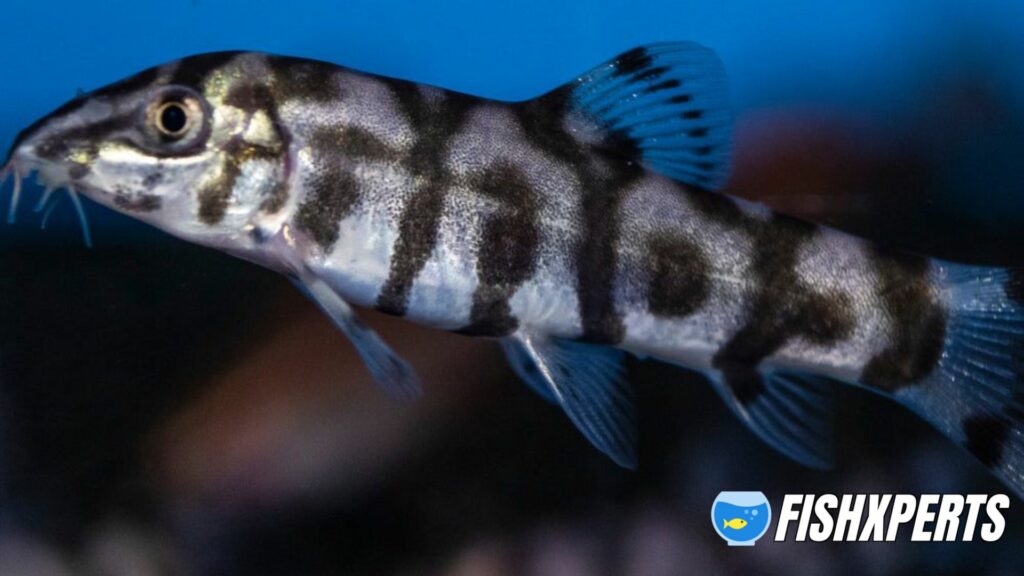
What Do Yoyo Loaches Eat?
Yoyo loaches are omnivores and will eat a variety of foods, including live, frozen, and flake foods. In the wild, they are known to eat small invertebrates, algae, and plant matter. In the aquarium, they will gladly accept most sinking pellets and tablets, as well as frozen foods such as bloodworms, daphnia, and brine shrimp.
Can yoyo loaches live with guppies?
Yes, yoyo loaches can live with guppies. They are both peaceful fish that do well in community tanks.
How do you tell a yoyo loach male versus female?
The easiest way to tell a yoyo loach male versus female is by their size. The males are typically much smaller than the females. Another way to tell them apart is by their coloring. The males tend to be more colorful than the females.
How many yoyo loach should be kept together?
The yoyo loach is a social fish that does best when kept in groups of 4 or more.
Do Yoyo loaches need sand?
Yoyo loaches are a hardy and adaptable species of loach that is native to freshwater environments in Asia. They are a popular choice for aquariums because of their playful personality and their ability to control nuisance algae growth. Yoyo loaches do best in aquariums with plenty of hiding places and a sandy substrate. They are also known to be good jumpers, so a tight-fitting lid is a must.
How much does a yoyo loach cost?
A yoyo loach typically costs between $5 and $15.
How long do yoyo loaches sleep for?
Yo-yo loaches typically sleep for around 12 hours each day.
Why do my yoyo loaches keep dying?
There are a few potential reasons why your yoyo loaches might keep dying. It is important to figure out the root cause in order to take steps to correct the problem.
One possibility is that the water quality in your aquarium is not good enough for yoyo loaches. These fish are very sensitive to water quality and require pristine conditions to thrive. Make sure to test your water regularly and take steps to keep the ammonia and nitrite levels low.
Another possibility is that the yoyo loaches are not getting enough to eat. These fish are voracious eaters and need a lot of food to stay healthy. Make sure to provide them with a high-quality diet that includes plenty of live and frozen foods.
Finally, yoyo loaches are very social fish and need to be kept in groups. If they are kept alone, they can become stressed and die. Make sure to keep at least 6 yoyo loaches together in your aquarium.
Can I put yoyo loaches with a betta?
Yes, you can put yoyo loaches with a betta. They are both peaceful fish that will get along well together.
Wood Shrimp Vs Yoyo Loaches. Can they coexist?
Wood shrimp and yoyo loaches are both peaceful, hardy fish that make great additions to any aquarium. They can coexist peacefully together, provided that there is plenty of hiding places and hiding spots for the shrimp.
Final Thoughts
A yoyo loach is a beautiful and unique freshwater fish that can make a great addition to any aquarium. They have a lifespan of up to 10 years, and can grow to be up to 6 inches long. They are best kept in a tank that is at least 20 gallons in size, with water that is slightly acidic to neutral.
Yoyo loaches are relatively peaceful fish, but can be nippy towards each other if they are not kept in a group of at least 3. They are omnivorous, and will eat a variety of both live and frozen foods. Breeding yoyo loaches is relatively difficult, and is best left to the experts.
If you are looking for a unique and interesting freshwater fish for your aquarium, then the yoyo loach is a great option to consider.
Topics Covered

